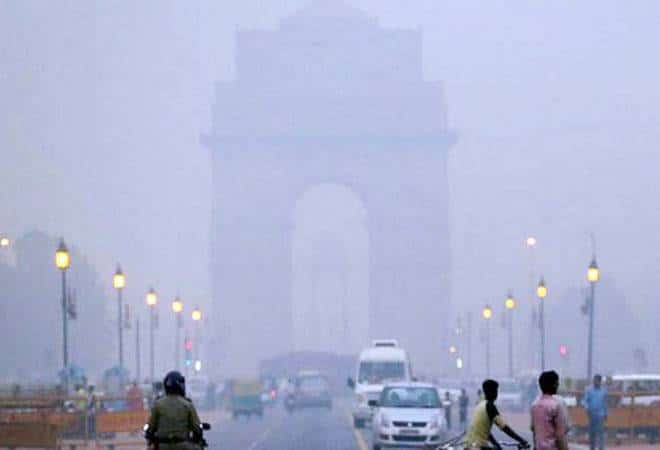Delhi-NCR continued to choke under toxic smog on Monday, with the capital’s air quality slipping dangerously close to the ‘Severe’ category while Noida recorded even worse pollution levels. Delhi’s overall AQI stood at 397, showing almost no improvement from Sunday, and 20 of the city’s 39 monitoring stations reported severe pollution.
In several parts of Delhi, pollution levels crossed the ‘severe’ threshold early in the day. Jahangirpuri reported an alarming AQI of 455 at 7 am. Rohini (458), DTU (444), Anand Vihar (442), Bawana (439), Ashok Vihar (436), Burari (433), Alipur (412), ITO (409), and Dwarka (401) also registered hazardous air quality, signalling widespread deterioration across the capital.
In the wider NCR region, Noida recorded a severe AQI of 413, surpassing Delhi’s levels. Greater Noida hovered at the edge of the severe category with an AQI of 399, while Ghaziabad reported extremely toxic air at 432. Gurugram (291) and Faridabad (239) fared slightly better but remained in the ‘Poor’ category.
Officials noted that air quality across most NCR locations showed a drop compared to Sunday’s readings, prolonging the region’s pollution emergency.
Meanwhile, a group of young protesters gathered at India Gate, accusing authorities of failing to take meaningful action during the escalating air crisis. The demonstration intensified after participants refused to clear the area when ordered by police, with reports that some protesters used chilli spray against officers.
The Delhi Coordination Committee for Clean Air, which led the protest, warned that the city’s chronically hazardous air poses a “serious threat” to public health. The group criticised government responses as “cosmetic measures” such as water sprinkling, cloud seeding, and cleaning around AQI monitoring stations, stressing the need for long-term, structural solutions to combat pollution.




